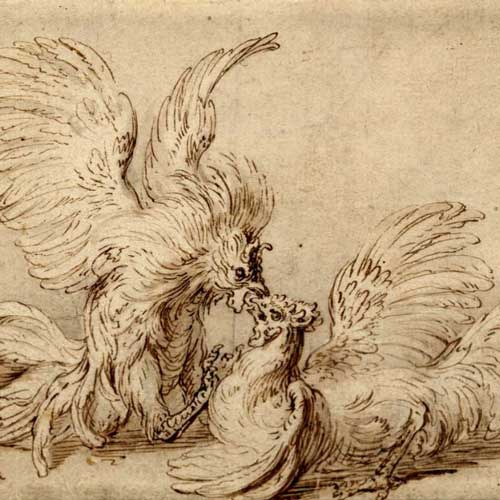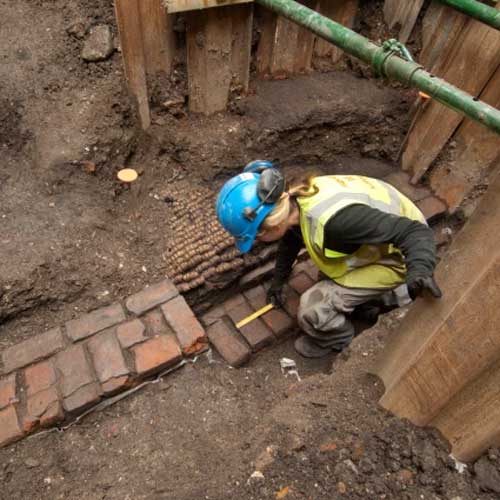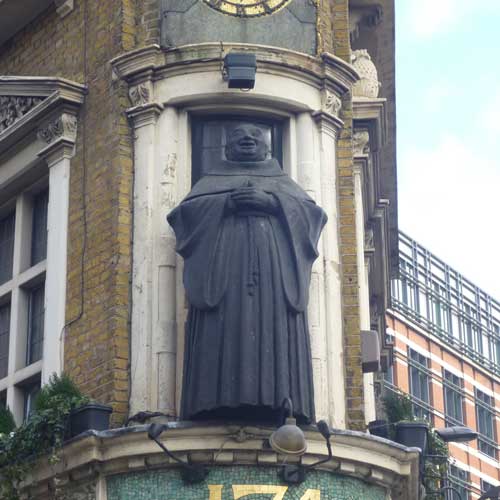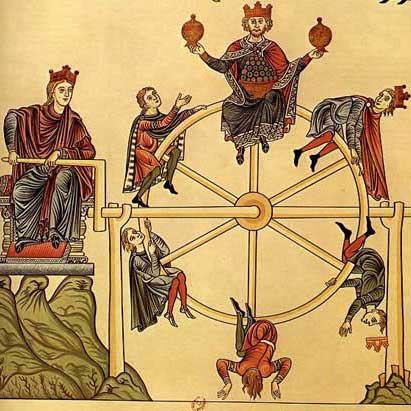What are our playhouse “districts”?
One of the distinctive contributions Shakespeare’s Theaterscape makes to early modern scholarship is its focus on the spatial relations between four city playhouses and their immediate surroundings. We call these immediate surroundings “districts”: Blackfriars in central London, the Fortune to the north, the Curtain in the northeast, and the Cockpit to the west.
Playhouse districts are made up of the residences, businesses, and civic and religious institutions that in a myriad of ways impact the local theater, and vice-versa. The core of the district is its playhouse, but the outer boundaries may or may not be contiguous with physical or politically imposed boundaries. To illustrate, the Fortune is located in Finsbury, Middlesex, but is part of an urban community in the parish of St. Giles Without Cripplegate that extends from the city wall in the south to well beyond the city/county line north of London.
Of course, we also hope that users will interrogate the very notion of a theater ‘district.’
Today we refer to London’s West End as a ‘district,’ but did Shakespeare’s contemporaries think in the same terms? For Early Modern Londoners, was the presence of a theater close to one’s residence central to defining a sense of locality, or was it just one of several landmark institutions? And if we do want to think in terms of theater ‘districts,’ where to we place their boundaries? Are they always institutionally defined by religious or secular authorities, or could they be the imaginative constructs of individuals and groups?



